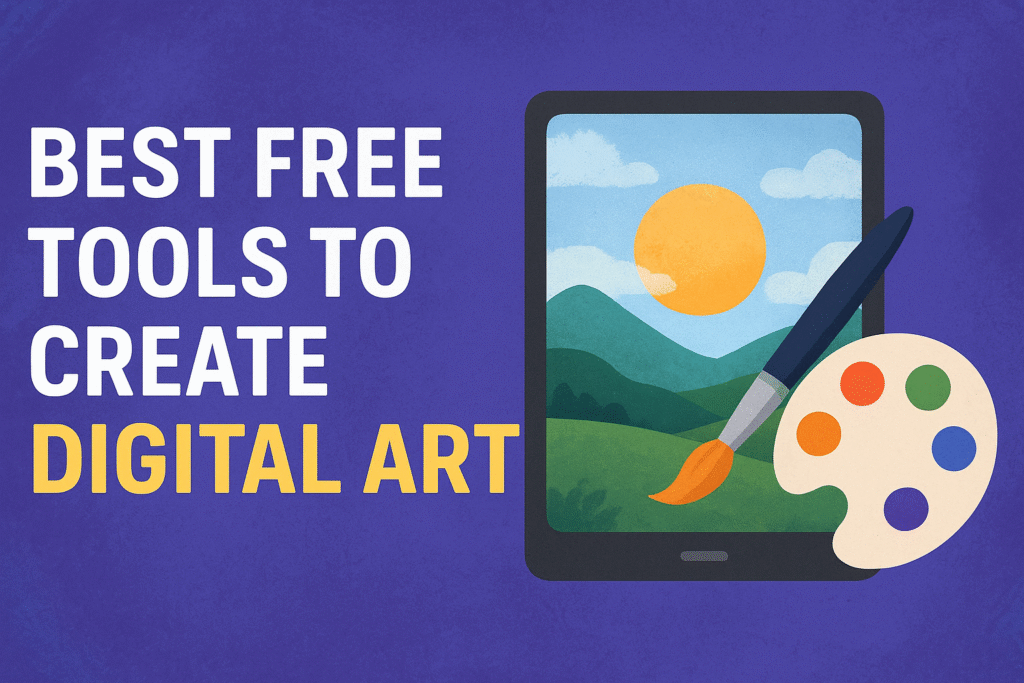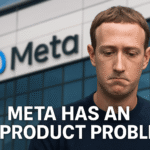Here are my top recommendations for 2025. Each has its strengths depending on your project type.
1. Imagen 3 – Great for Realistic Images
Imagen 3 creates very clear and lifelike images. If you type “a sunset over a mountain village,” it will produce something that looks like a real photograph. It’s also good at showing text within pictures, such as posters or billboards.
You can adjust brightness, sharpness, and texture easily. For personal or professional use, it’s one of my top picks for high-quality results.
2. Krea – Perfect for High-Resolution Artwork
When I need large, detailed images for banners or wallpapers, I use Krea. It’s built to handle large-size visuals while keeping the quality sharp.
Krea also lets you mix styles — for example, you can blend a fantasy look with a realistic photo. If you’re working on gaming, branding, or digital design, this tool is perfect for you.
3. Leonardo – Ideal for Game and Character Design
Leonardo is a great platform for creating game assets, characters, and fantasy scenes. You can make creatures, warriors, or cartoon figures with amazing detail.
It’s also beginner-friendly, offering templates and presets. If you love creative storytelling or game design, Leonardo is worth exploring.
4. Ideogram – Excellent for Text in Images
If you’ve ever struggled to add words inside a generated image, Ideogram is your solution. It’s great for posters, book covers, and advertisements.
I like using Ideogram to make quote graphics or promotional designs. You can choose from a variety of fonts and layouts to make your message stand out beautifully.
5. Freepik – Great for Mockups and Illustrations
Freepik is a well-known design platform that also offers a tool to create illustrations and mockups. It’s perfect for creating marketing materials like t-shirt designs, business cards, or social media graphics.
You can pick ready-made templates and customize them with your text and colors. It’s simple and saves a lot of time for small business owners or freelancers.
6. Adobe Firefly – Best for Commercial Projects
Adobe Firefly is ideal when I want to create professional-quality visuals for brands or clients. The images it produces are safe for commercial use, which means I can use them in ads and products without worrying about rights.
It also integrates easily with Photoshop, so editing the final image is very convenient.
7. Microsoft Designer – Great for Social Media Graphics
This tool is handy for making posts, banners, and stories for platforms like Instagram, Facebook, and LinkedIn.
I use Microsoft Designer when I need stylish layouts fast. It suggests templates and color palettes that fit modern design trends. You can make visuals that look like they came from a professional agency — all for free.
8. Decohere – Best for Realistic Styles
When I need images that look real but still artistic, I go for Decohere. It understands fine details like reflections, shadows, and textures.
It’s a great choice for interior designs, lifestyle images, or fashion shots. I use it when I need something classy yet natural-looking.
9. SeaArt – Perfect for Cartoons and Anime
SeaArt is designed for fans of cartoons, anime, and comic-style visuals. You can create fun and colorful artwork by describing your favorite scenes or characters.
It’s a must-try for content creators, YouTubers, or anyone who wants unique visuals for entertainment projects.
10. Playground – Fun for Creative Experiments
Playground is an easy-to-use tool for experimenting with new art styles. You can make abstract designs, fantasy art, or modern illustrations.
I often use Playground to relax and play around with creative ideas. It’s not just about making perfect images — it’s about exploring your imagination.
11. RunDiffusion – Ideal for Testing Multiple Styles
RunDiffusion lets you try different artistic styles side by side. For example, you can see how your idea looks in watercolor, sketch, or 3D formats.
It’s great when you’re unsure which direction to take for your design project. I find it very useful for logo creation and branding work.
Tips for Getting the Best Results
Here are some simple tricks I’ve learned while using these tools:
1. Use Clear Descriptions
The more specific your idea, the better the results. For example, instead of “a girl in nature,” say “a woman walking through a foggy forest at sunrise.”
2. Try Different Styles
Don’t settle for the first image. Try changing styles — realistic, artistic, vintage, or cinematic — to find what fits best.
3. Edit After Creation
Once the image is ready, use editing apps like Canva or Photoshop to adjust lighting or add text. A few tweaks can make a huge difference.
4. Check Licensing
If you plan to use the image for business, make sure it’s free for commercial use. Some platforms only allow personal projects on their free plan.
Final Thoughts
I believe these digital art tools are a game-changer for anyone who wants to create beautiful images quickly. You don’t need to be a designer or photographer — just use your imagination and describe what you want.
I’ve personally used most of these tools for my blog, YouTube thumbnails, and client projects. Each one has something unique to offer, so try a few and see which suits your workflow best.
If you’re starting out, begin with tools like Freepik, Ideogram, or Microsoft Designer. As you grow comfortable, move to more advanced ones like Krea or Leonardo.
Creating digital art has never been this easy, and I hope these tools inspire you to explore your creativity this year!


